Julley! That’s how you say “hello” in Ladakhi, and it’s the warmest greeting you’ll get in Drass Village, India’s coldest inhabited place. Nestled in the heart of Ladakh, Drass is not just about bone-chilling winters (think -30°C!). It’s a hidden gem where rugged mountains, frozen rivers, and the resilient spirit of locals create a travel experience like no other. I recently embarked on a soul-stirring journey to this “Gateway to Ladakh,” and trust me, it’s a trip you’ll never forget. This Drass Village travel guide will share everything you need to plan your adventure, from how to reach to must-visit spots, all in true Indian English style with a sprinkle of local flavour. Let’s dive in!
- Why Visit Drass Village?
- How to Reach Drass Village
- Best Time to Visit Drass
- Top Things to Do in Drass Village
- Pay Tribute at Kargil War Memorial
- Trek Along the Frozen Zanskar River
- Explore Local Life in Tasboo Village
- Visit Drass War Museum
- Stargaze Under Clear Skies
- The Story of Kargil War Memorial
- Local Foods to Savour in Drass
- Where to Stay in Drass
- Watch This YouTube Video for Drass Vibes
- Sample 3-Day Drass Itinerary
- Travel Tips for Drass
- Why Drass is More Than Just Cold
Why Visit Drass Village?
Drass, often called the “Snow Land,” is the second coldest inhabited place in the world after Oymyakon, Russia. Located at 10,760 feet in Kargil district, Jammu & Kashmir, it’s a paradise for adventure seekers and culture enthusiasts. This Drass Village travel guide highlights why you should visit:
- Extreme Weather Vibes: Experience winter temperatures dipping to -30°C or enjoy pleasant summers when locals come alive.
- Historical Significance: Home to the Kargil War Memorial, a tribute to India’s brave soldiers.
- Cultural Richness: Interact with Ladakhi locals and savour their unique cuisine.
- Stunning Landscapes: From frozen Zanskar River to snow-capped peaks, Drass is a photographer’s dream.
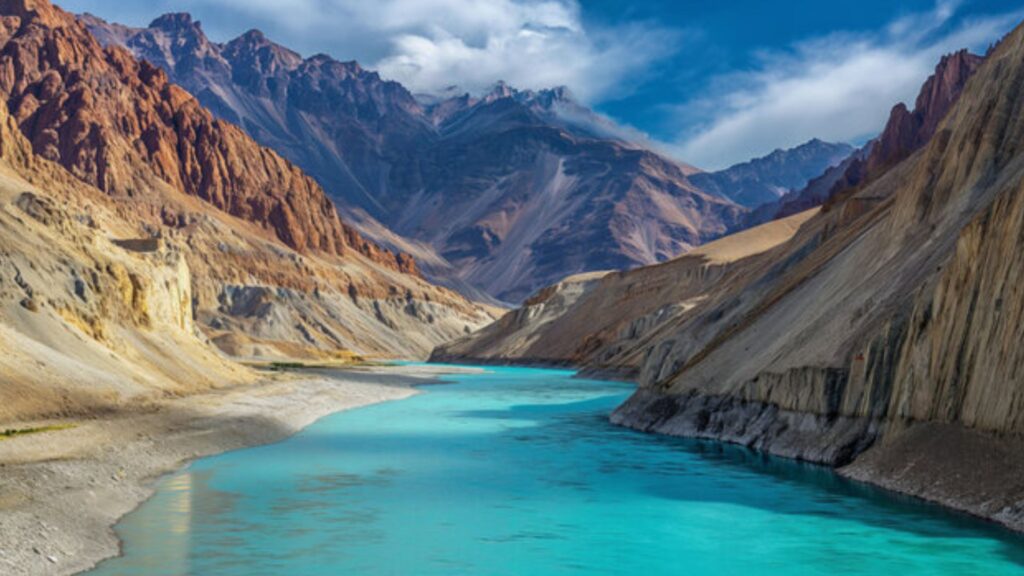
Pro Tip: Pack warm clothes, bhai! Drass winters are no joke.
Image Alt Text: Drass Village travel guide snowscape
How to Reach Drass Village
Getting to Drass is an adventure in itself. This Drass Village travel guide outlines the best ways to reach this remote beauty:
By Air: Fly to Leh’s Kushok Bakula Rimpochee Airport (140 km from Drass). From Leh, hire a taxi or take a shared cab to Drass (4-5 hours). Flights from Delhi to Leh cost around ₹5,000-₹10,000.
- By Road:
- From Srinagar (147 km), take a bus or taxi via the Zoji La Pass. The journey takes 5-6 hours and offers jaw-dropping views.
- From Leh, NH1 connects to Drass, perfect for a road trip.
- By Train: The nearest railway station is Jammu Tawi (700 km). From there, take a bus or taxi to Srinagar, then Drass.
Local Lingo: Say “Khamzang ina le?” (How are you?) to break the ice with locals while travelling.
Best Time to Visit Drass
This Drass Village travel guide recommends the best times to visit:
- Summer (May-August): Temperatures range from 15°C to 25°C, ideal for sightseeing and outdoor activities. Fields bloom with barley, and locals are busy farming.
- Winter (December-March): If you’re a winter warrior, visit for the ultimate cold adventure (-30°C). Perfect for snow lovers but pack heavy woollens.
- Avoid: Monsoon season (July-August) due to potential landslides on Zoji La Pass.
Top Things to Do in Drass Village
Drass is packed with experiences that’ll leave you spellbound. Here’s a curated list from this Drass Village travel guide:
Pay Tribute at Kargil War Memorial
Located on NH1, this memorial honours the heroes of the 1999 Kargil War. The Tiger Hill view and the Veer Bhoomi museum will give you goosebumps. Entry is free, and guided tours by the Indian Army are a must.
Trek Along the Frozen Zanskar River
In winter, the Zanskar River freezes, creating a surreal path for trekking. The Chadar Trek nearby is world-famous, but even a short walk in Drass feels magical.
Explore Local Life in Tasboo Village
Just 4 km from Drass, Tasboo is a tiny hamlet where Ladakhi families farm barley in summer. Join them for a cup of gur gur chai (butter tea) and hear stories of surviving harsh winters.
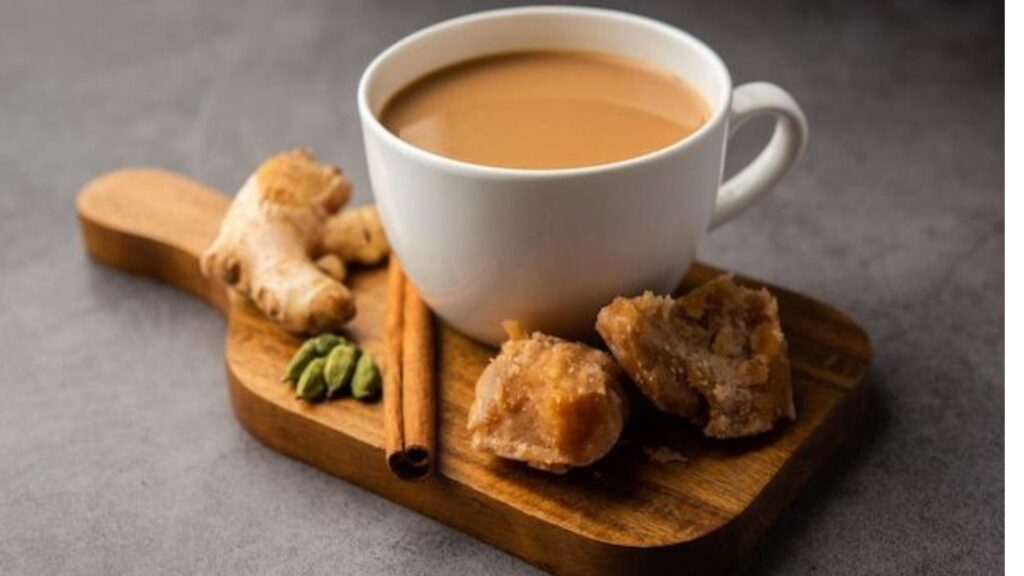
Visit Drass War Museum
This small museum showcases artefacts from the Kargil War, including weapons and photographs. It’s a humbling experience to learn about India’s military history.
Stargaze Under Clear Skies
Drass’s high altitude and minimal light pollution make it a stargazer’s paradise. Bring a telescope or just lie back and enjoy the Milky Way.
Fun Fact: Locals call the night sky “zanskar ki chandni” (Zanskar’s moonlight) for its ethereal glow.
The Story of Kargil War Memorial
The Kargil War Memorial, also known as Vijay Smarak, stands as a solemn tribute to the brave Indian soldiers who fought in the Kargil War of 1999. The conflict, sparked by Pakistani intruders occupying strategic peaks in the Kargil sector, saw India’s armed forces reclaim key positions like Tiger Hill and Tololing under extreme conditions.
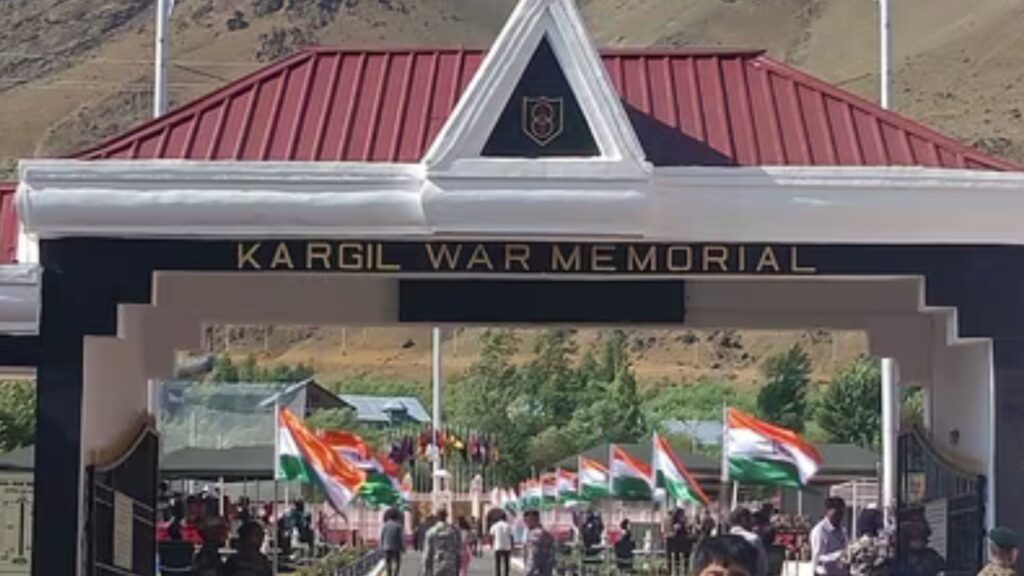
Kargil War Memorial Information
Operation Vijay, as it was called, was a testament to courage and sacrifice, with over 500 Indian soldiers laying down their lives. The memorial, set against the backdrop of rugged peaks, houses the Veer Bhoomi museum, displaying weapons, photographs, and personal items of the soldiers.
The eternal flame and the inscribed names of the martyrs evoke a deep sense of pride and gratitude. Visiting here feels like a pilgrimage—dil se dil tak—connecting you to the spirit of Bharat Mata.
Local Foods to Savour in Drass
Ladakhi cuisine is a soul-warming treat, crafted to combat the harsh cold. This Drass Village travel guide dives into the food scene:
Skyu: A hearty pasta-like dish made from wheat flour, cooked with veggies like potatoes and carrots, and sometimes mutton. It’s thick and comforting.
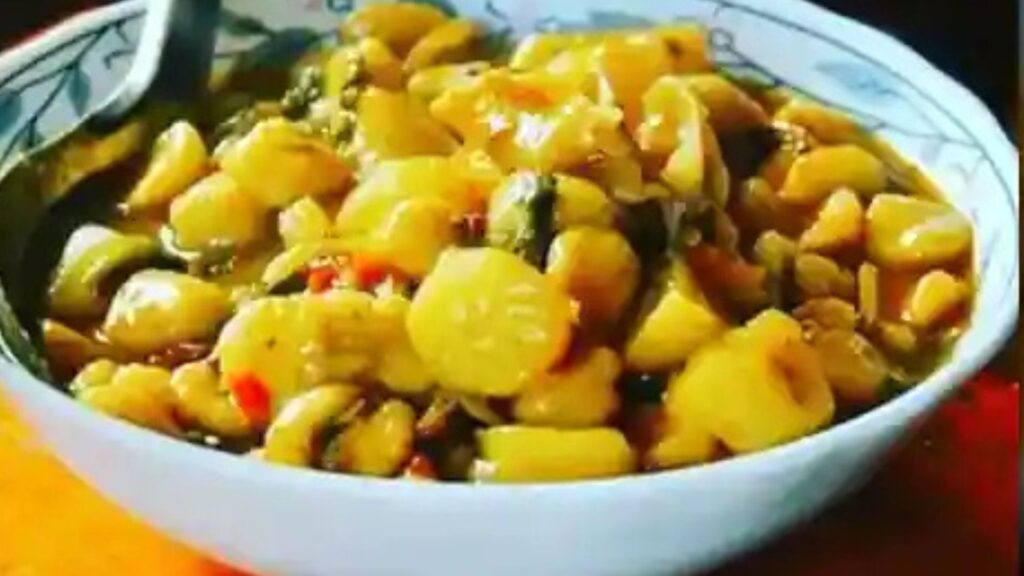
- Thukpa: A spicy noodle soup with vegetables and meat (chicken or mutton), served piping hot. Locals swear by it as a winter staple.
- Gur Gur Chai: This salty butter tea, made with yak butter and tea leaves, is an acquired taste but a must-try. It’s like a warm hug in a cup!
- Tsampa: Roasted barley flour, often mixed with gur gur chai or water to form a dough-like snack. It’s a go-to breakfast for Ladakhi farmers.
- Chhutagi: A bow-tie-shaped pasta dish with a thick vegetable or meat broth, unique to Ladakh’s culinary heritage.
- Mok Mok (Momo): Steamed dumplings filled with veggies or meat, served with a spicy chutney. These are a crowd favourite in Drass’s eateries.
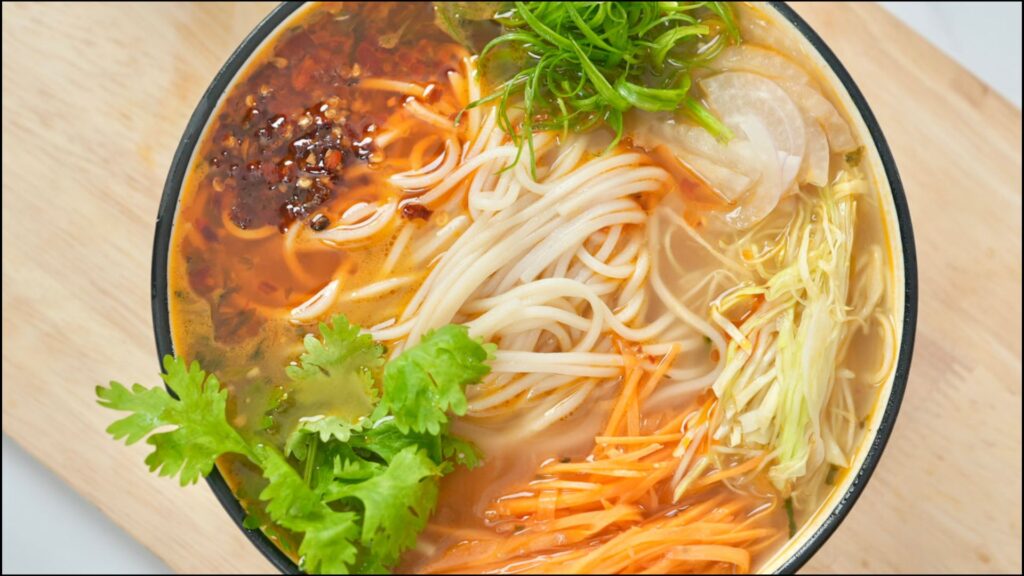
Where to Eat: Head to J&K Tourism Restaurant or local homestays for authentic Ladakhi meals. Ask for chhang (a local barley-based drink) if you’re feeling adventurous, but drink responsibly!
Local Lingo: Say “Thuk je che” (Thank you) to your host after a delicious meal.
Where to Stay in Drass
Accommodation options are limited but cosy, as outlined in this Drass Village travel guide:
- Hotels: Hotel D’Zojila and Hotel Hill View offer decent rooms (₹2,000-₹4,000 per night). Book in advance during peak season.
- Guesthouses: Homestays in Tasboo Village provide an authentic Ladakhi experience (₹1,000-₹2,000 per night).
- Camping: Pitch a tent near Drass River for a budget-friendly adventure (bring your own gear).
Local Tip: Ask for a thukpa or skyu dinner at homestays for a taste of Ladakhi comfort food.
Watch This YouTube Video for Drass Vibes
To get a visual taste of Drass, check out this stunning video by DCV Expeditions, showcasing rooftop camping at -30°C in Drass:
Sample 3-Day Drass Itinerary
Day 1: Arrival and Kargil War Memorial
- Morning: Arrive in Drass via Srinagar or Leh.
- Afternoon: Visit the Kargil War Memorial and Drass War Museum.
- Evening: Relax at your homestay with gur gur chai and skyu.
Day 2: Explore Tasboo and Nature
- Morning: Visit Tasboo Village, interact with locals, and see barley fields.
- Afternoon: Walk along the Drass River or trek a short trail.
- Evening: Stargaze and enjoy a Ladakhi dinner with thukpa or chhutagi.
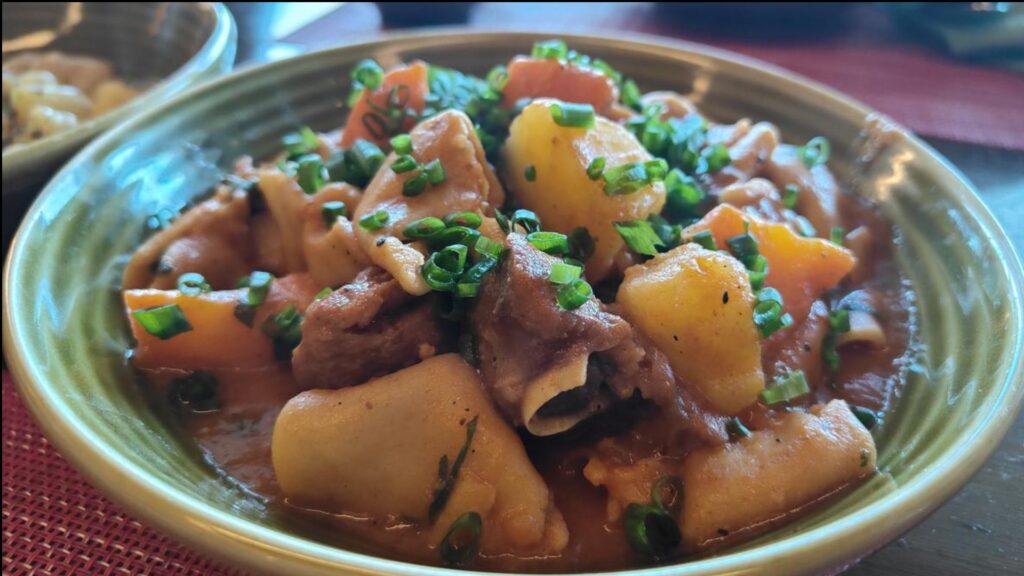
Day 3: Adventure and Departure
- Morning: Explore the frozen Zanskar River (winter) or hike a nearby trail.
- Afternoon: Shop for local handicrafts like woollen shawls.
- Evening: Depart for Leh or Srinagar.
Travel Tips for Drass
- Acclimatization: Spend a day in Leh or Srinagar to adjust to the high altitude.
- Permits: Indian nationals need an Inner Line Permit (ILP) for Ladakh, available online or in Leh.
Ladakh Tourism Official Website - Connectivity: Limited mobile network; BSNL works best.
- Cash: Carry enough cash as ATMs are scarce.
Why Drass is More Than Just Cold
Drass isn’t just about surviving freezing temperatures. It’s about the warmth of Ladakhi hospitality, the courage of soldiers, and the beauty of untouched landscapes.
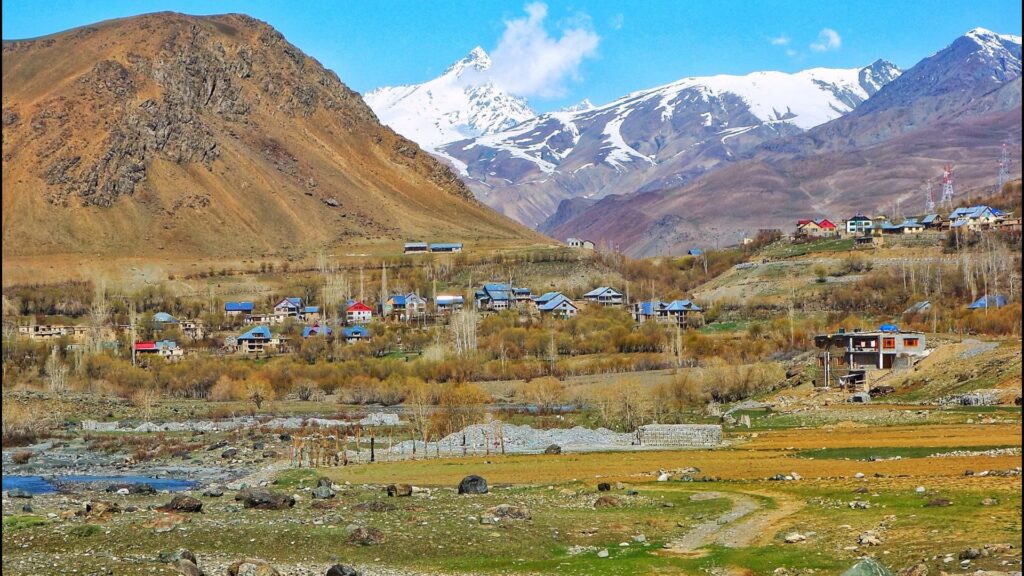
As I sat with a local family, sipping thukpa under a starlit sky, I realised zindagi yahan dil se dil tak jati hai (life here goes from heart to heart). So, pack your bags, say julley to Drass, and follow this Drass Village travel guide for a journey that’ll stay with you forever.
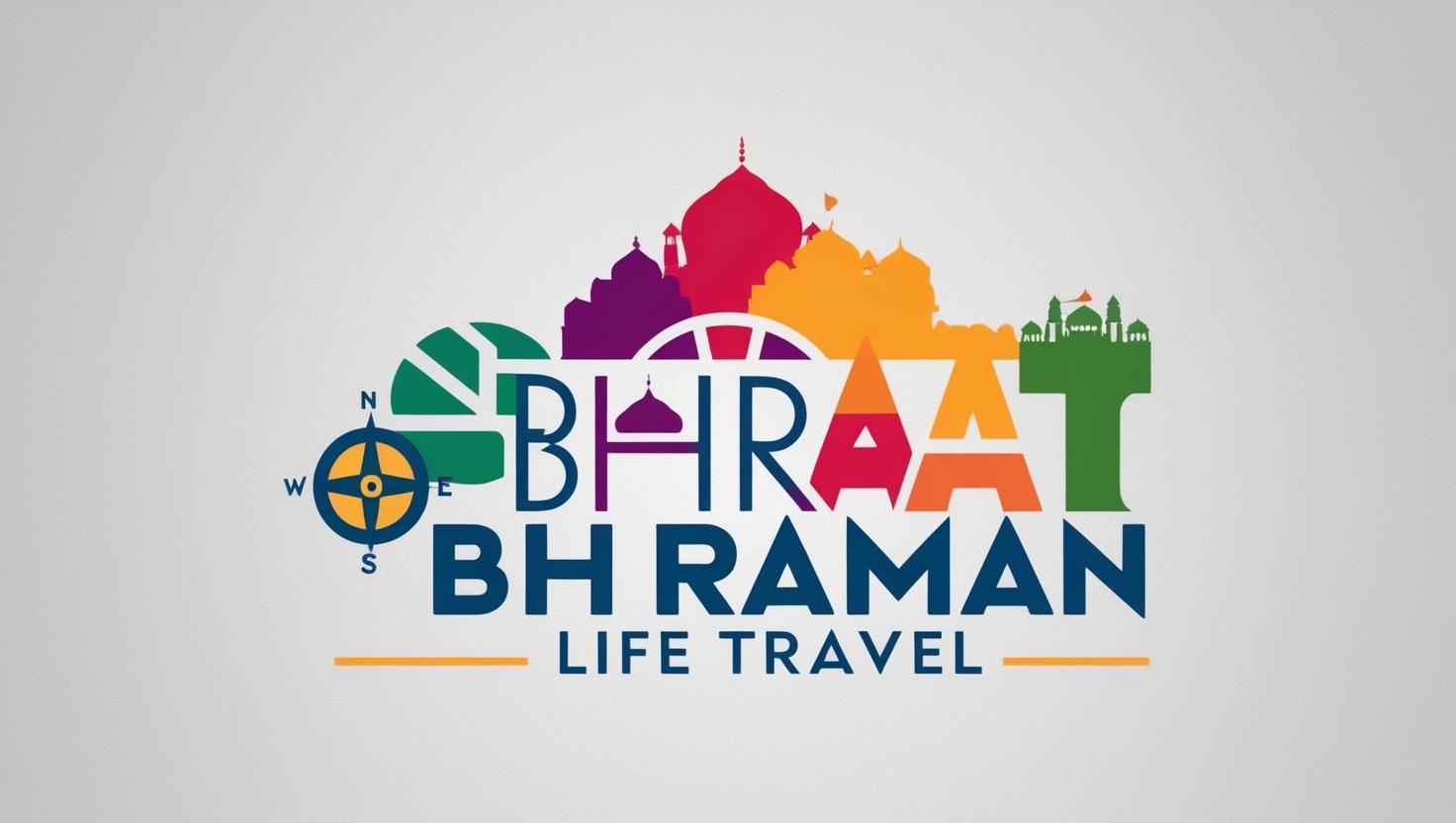
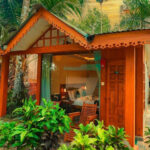
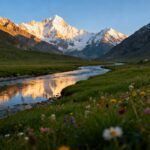
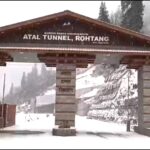
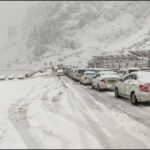
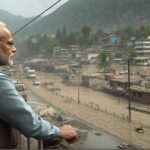
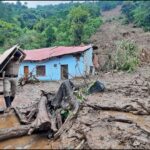
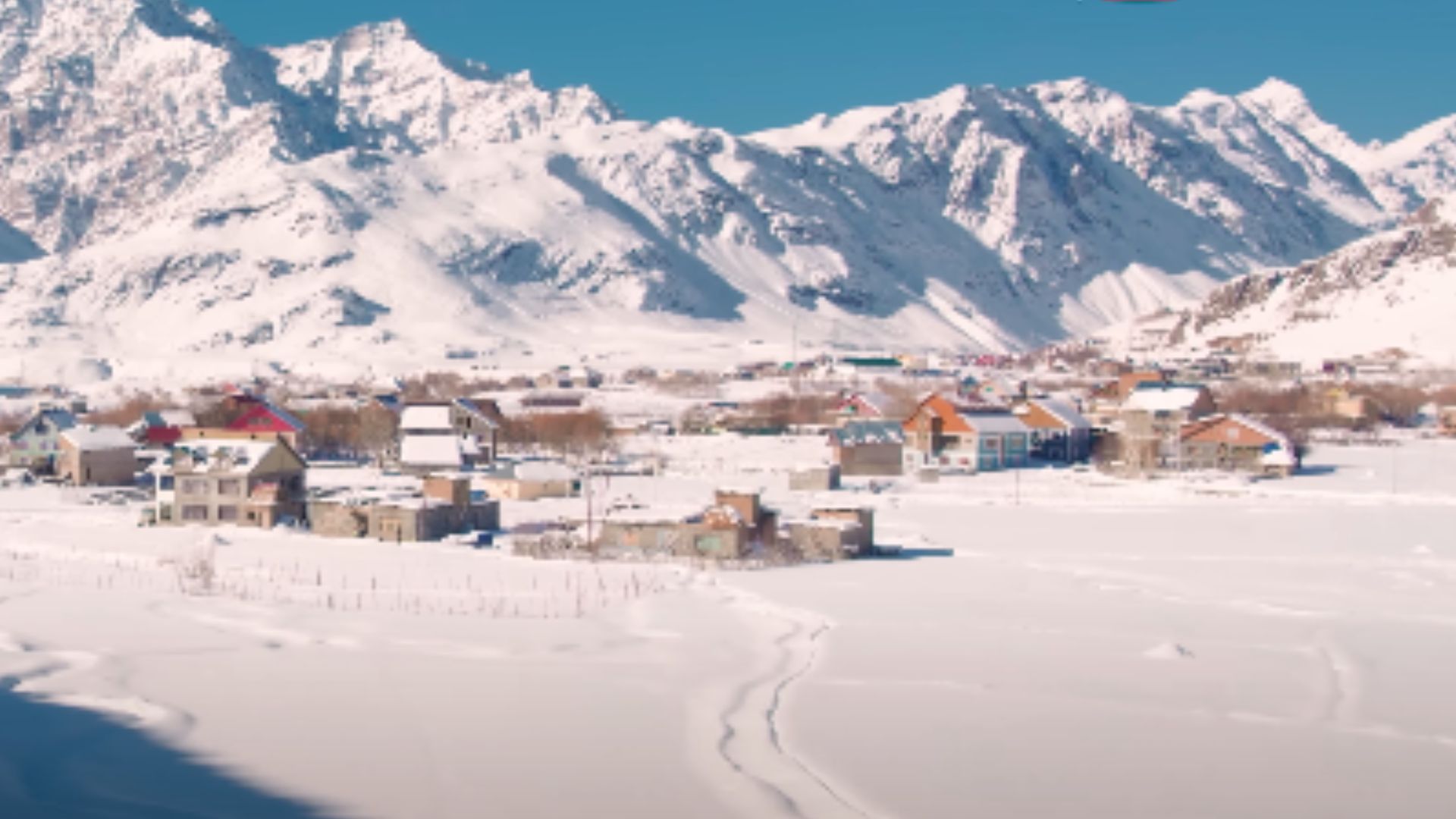
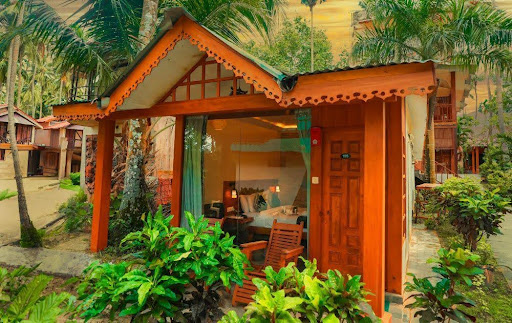
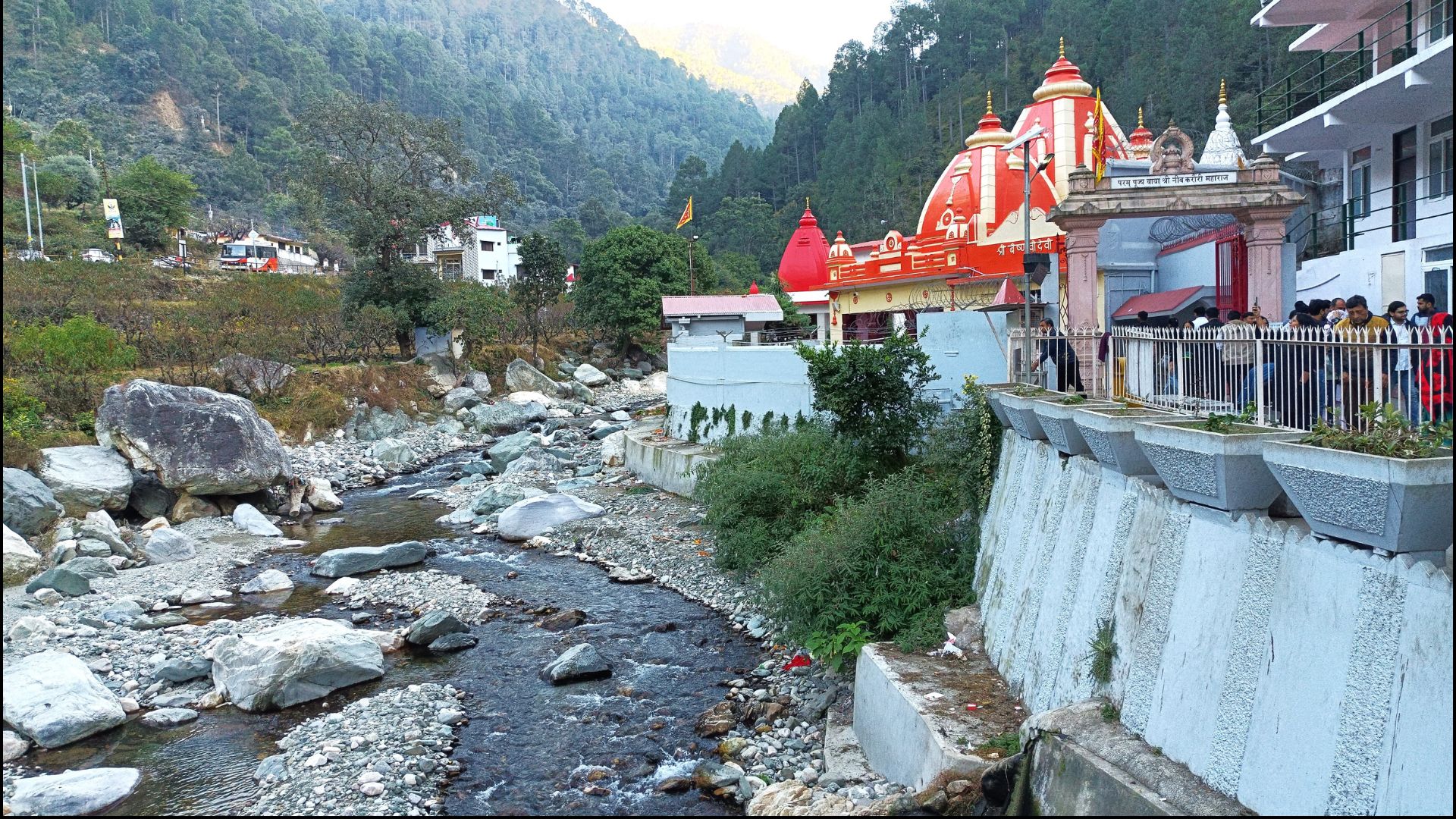
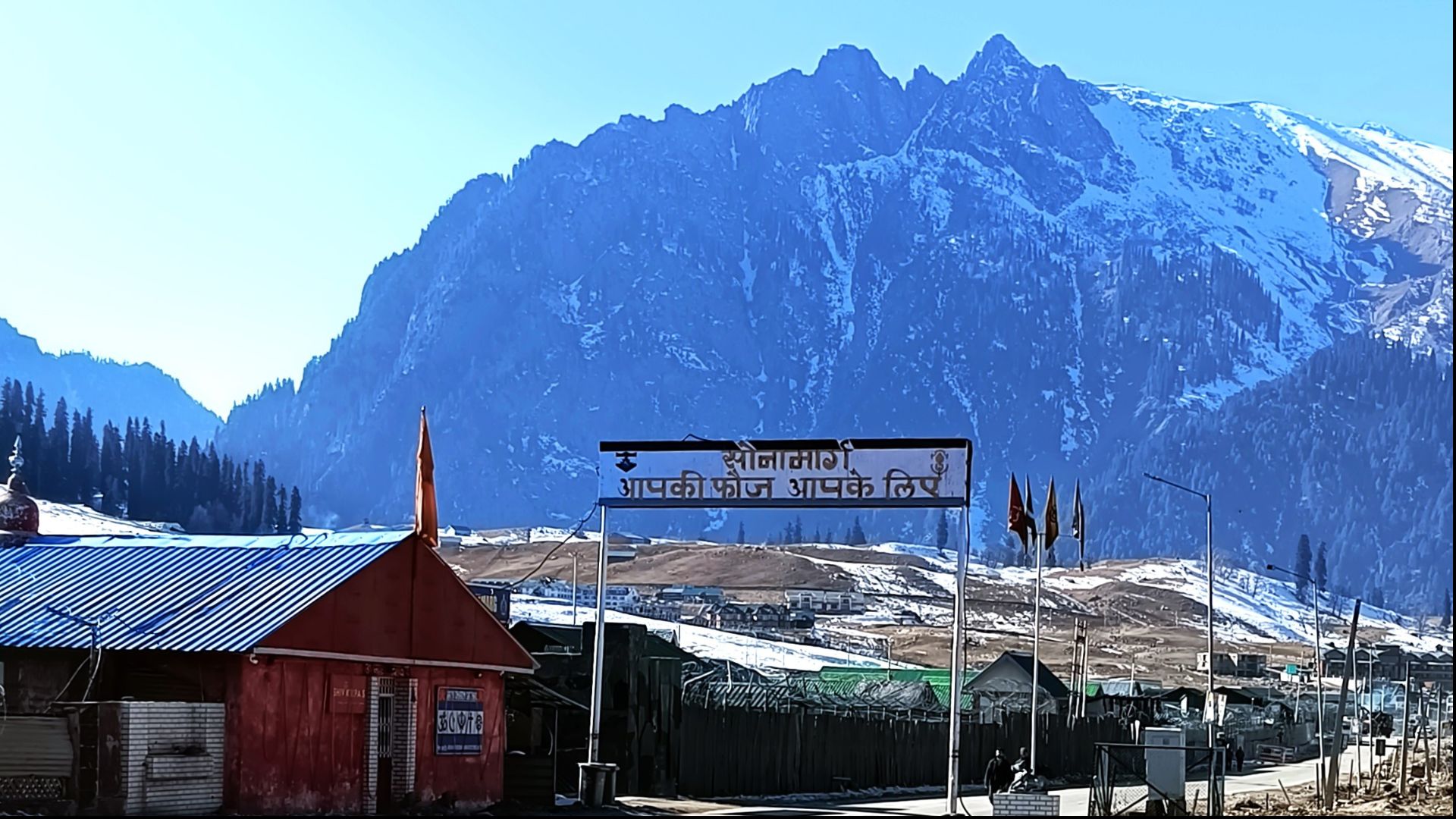
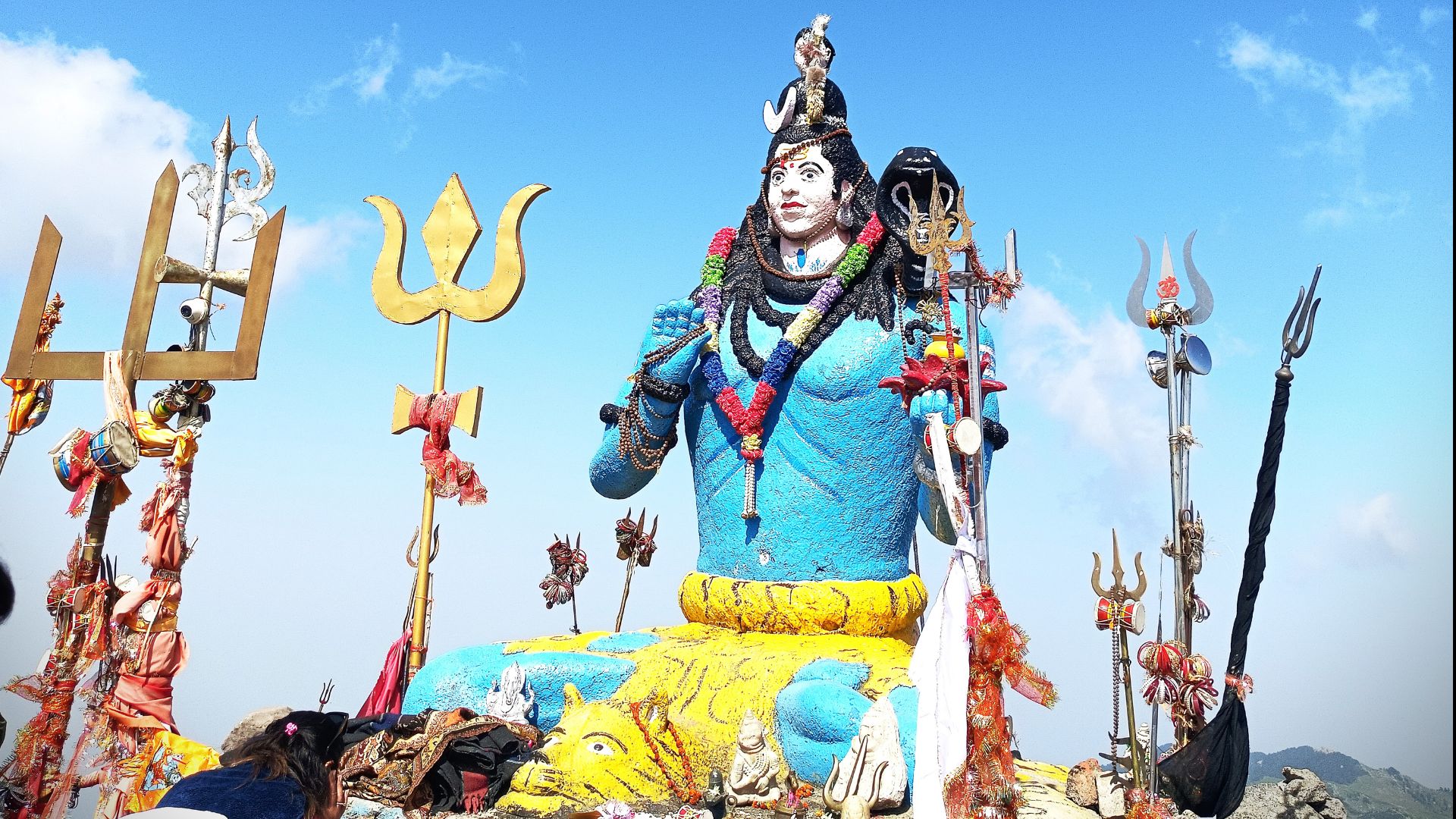
Drass Village is a beautiful paradise, surrounded by majestic mountains and serene valleys. Nature’s untouched charm shines brilliantly here ita a good place